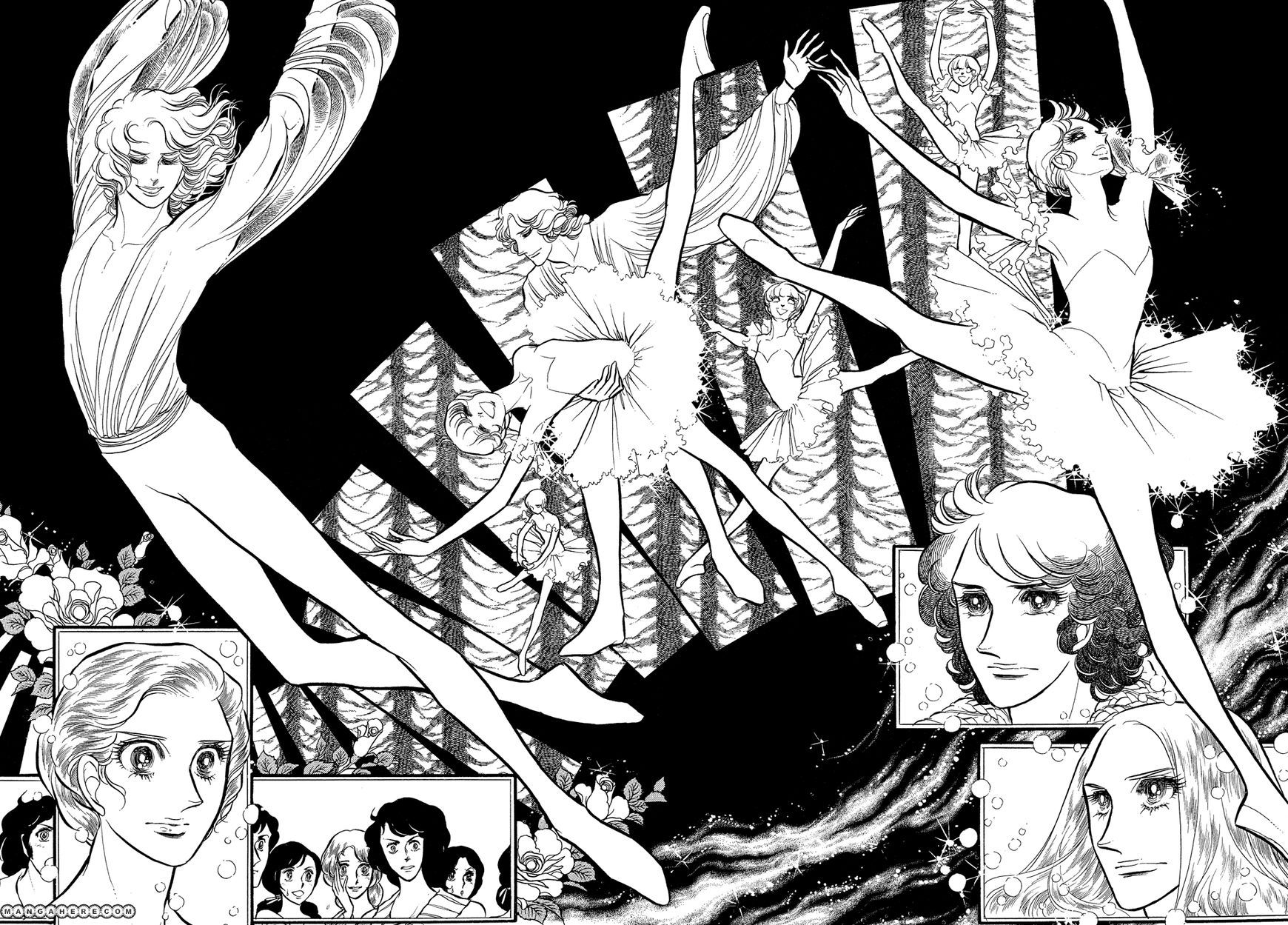LOOK AT THIS:
AND THIS:
Those are just two images ganked from the manga Swan by Kyoko Ayoshi. The series was one of the initial launches in DC Comics' CMX line and ran for about 15 volumes until the company pulled the plug on the imprint in 2010.
One of the original plans for CMX was to focus on older, more renowned (at least in Japan) manga, so as to not compete for licenses against the one-two powerhouses of Viz Media and Tokyopop. Thus, the release of Swan and other, older titles like From Eroica With Love.
Ayoshi is often lumped in as one of the Magnificent Forty-Niners, also known as The Year 24 Group. It's a loosely affiliated group of female cartoonists that transformed and radicalized the shojo manga industry. "Members" includes such luminary talents as Moto Hagio and Keiko Takemiya.
Originally serialized in the 1970s, Swan isn't as emotionally wrenching as Hagio's Hanshin or as head-spinningly philosophical as Takemiya's To Terra, at least not at first glance. At its heart it's a boiler-plate soap opera. The key is the backdrop, the world of professional ballet.
The manga's central character is Masumi, a young, flighty thing that loves to dance more than anything. After impressing a bunch of important people with her passion, she enters a dance competition and from there ends up traveling across the globe in order to make her dream of becoming a real, honest-to-goodness ballerina come true. Along the way she encounters a seemingly endless succession of dance rivals and potential suitors.
But it's not the story that's the real draw here. What makes Swan so charming, emotional and utterly captivating is its dance sequences. Ayoshi pulls out every trick in the book – and even invents some new ones – in order not just to convey the motion of the human body, but to help the reader fully appreciate the emotion and drama involved in each and every scene.
So, athletic dancers leaping across double-page spreads as inset panels of onlookers gape in wonder? Check. Overlapped forms of characters performing successive, intricate dance moves in true Edweard Muybridge fashion? Check. Panels that seam to bend and twist to fit the rhythm of the dancers and (perhaps) the music itself? Double-check. The result is a comic that completely transformed the way I thought about how motion should be depicted in comics. I've often said that many Western artists could be using Swan as a bible, learning from it without once ever having to ape any of the more obvious characteristics of shojo manga (assuming most superhero artists don't want their protagonists to have big, dewy eyes).
As I said, CMX released 15 volumes of Swan. The problem is that the series ran to 21 volumes in Japan. That's six volumes in bad need of translation. Hopefully someone will come to the fore in the near future and release a definitive version of this wonderful series. I'd even re-buy the volumes I have if they use better paper stock this time around.





